In the early '90s, Nickelodeon released an animated cartoon that followed the lives of a group of babies, The Rugrats. The Rugrats got inside the minds of babies and followed Tommy, Chuckie, Phil, Lil, and Angelica, as they went on mini adventures — learning about life along the way.
Thanks to various streaming services, fans who grew up watching The Rugrats are rewatching the series and are noticing just how educational the series was. Each episode had a different life lesson that was broken down into the simplest of terms, which is part of the reason why viewers didn't realize they were learning while watching in the '90s. Nowadays, it's clear as day that The Rugrats taught more about life than most animated cartoons at the time.
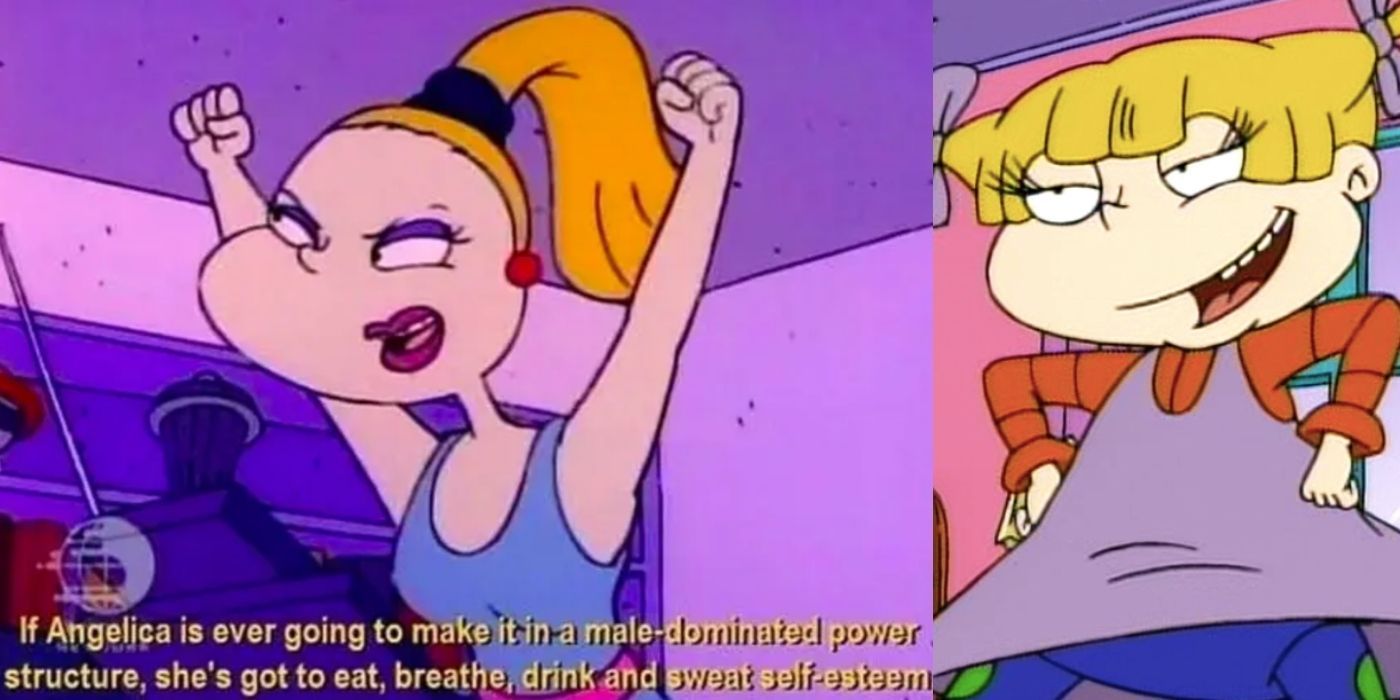
In the '90s, most women were portrayed as stay-at-home moms or incredibly submissive to their partners. But in Rugrats, the switch was flipped. Charlotte Pickles was a CEO for a major business and constantly tried to balance home and work life. While her husband Drew wished Charlotte was more present at times, Charlotte wanted to be seen as a role model for their only daughter Angelica. In return, Angelica was as sassy, brave, and domineering as her mother. The Pickles women proved that women can be just as successful and confident as the men around them.
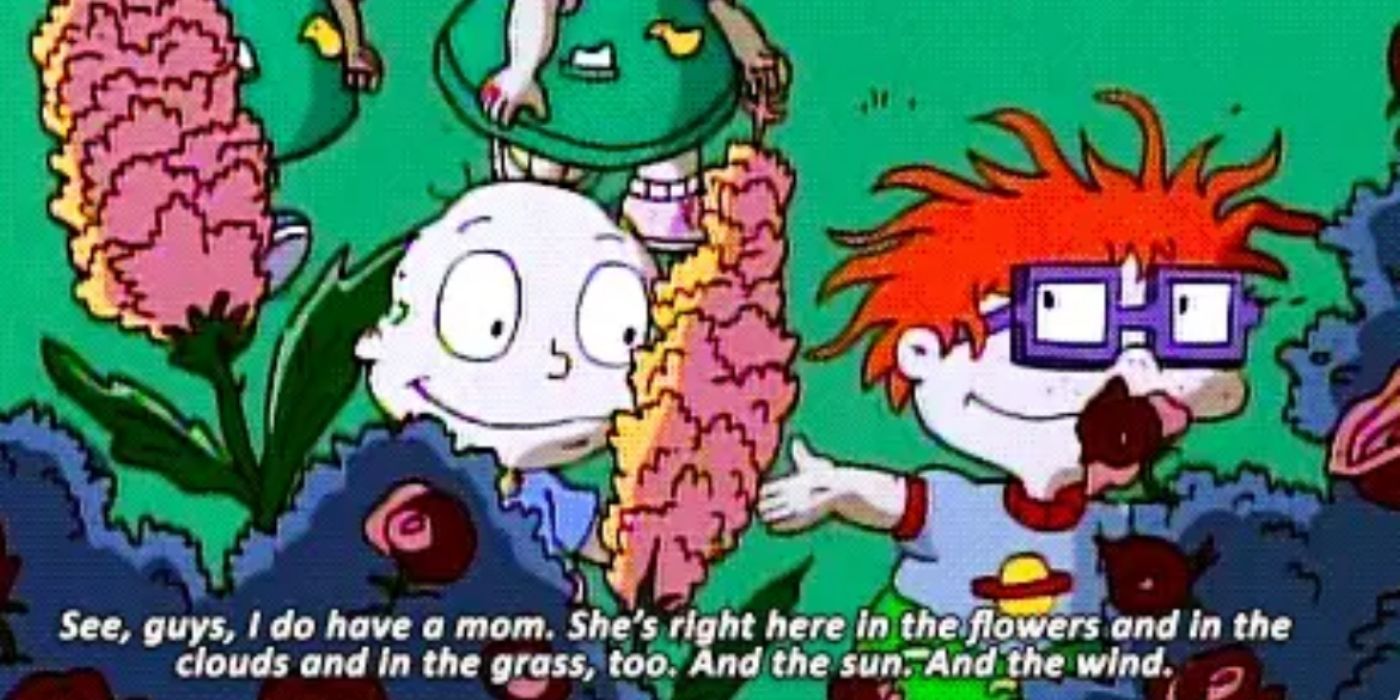
Fans of Rugrats learned early on that Chuckie lost his mom at a young age. For most of his youth, it was just Chuckie and his dad, Chas. Chuckie didn't struggle without having a mother (he didn't know anything different), but there were times where he wished he had a mom.
In 'Mother's Day,' Chuckie watches as his friends create Mother's Day gifts for their moms. Sadly, Chuckie was so young that he didn't know why he didn't have a mom, so he decided that his dad was also his mom since he did everything mothers did. Chas then had a conversation with Chuckie about his mother's death and that she could be found in nature. The deep conversation about parenting roles and death was done so beautifully that it's one of the best episodes.
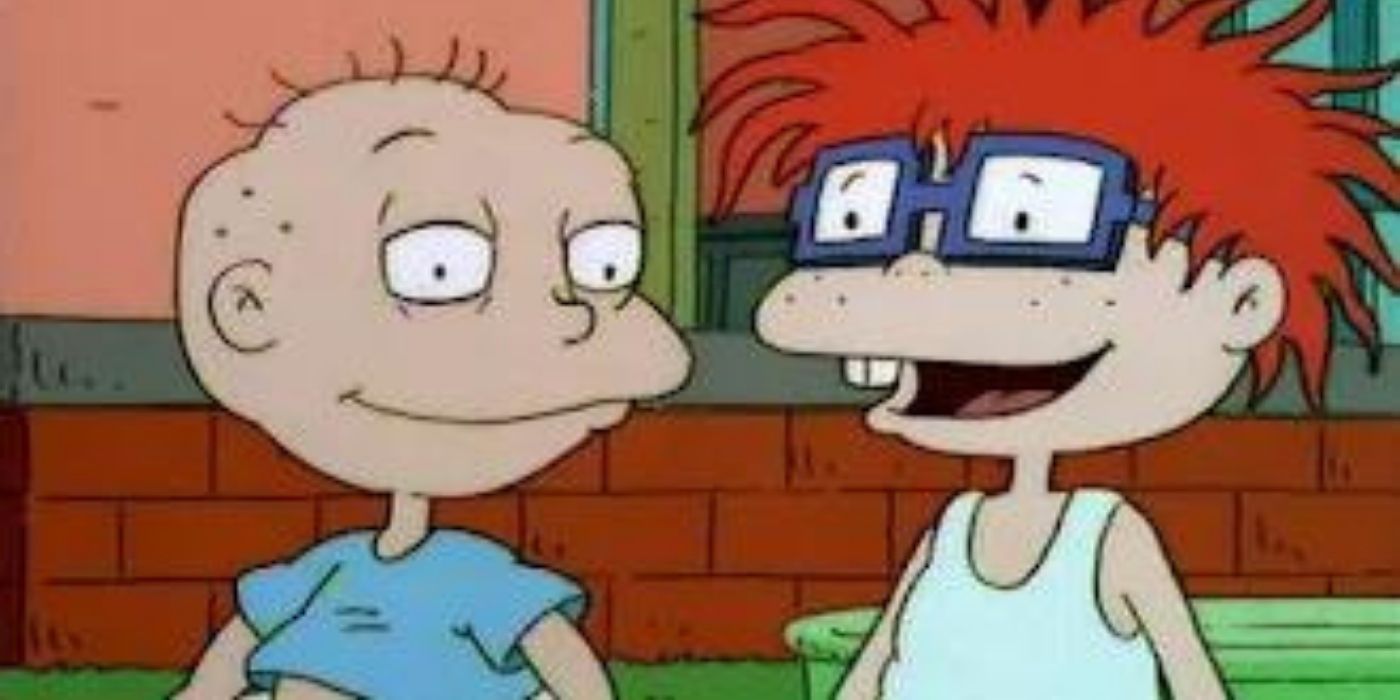
The characters in Rugrats tend to wear the same kinds of outfits in every episode. Tommy wore his blue shirt, Phil and Lil matched, and Chuckie wore a shirt with a planet on it. But when Chuckie's favorite shirt ripped, he felt like a piece of him died. Without his favorite shirt, how was he going to feel like himself?
Chuckie had the kind of personality where he worried a lot. It took him some time before realizing his own worth and sense of confidence. As 'Chuckie's New Shirt,' went on, Chuckie eventually realized that it wasn't what he wore that made him who he was, it was who he was as a person. In short: the things people have or wear do not define them.
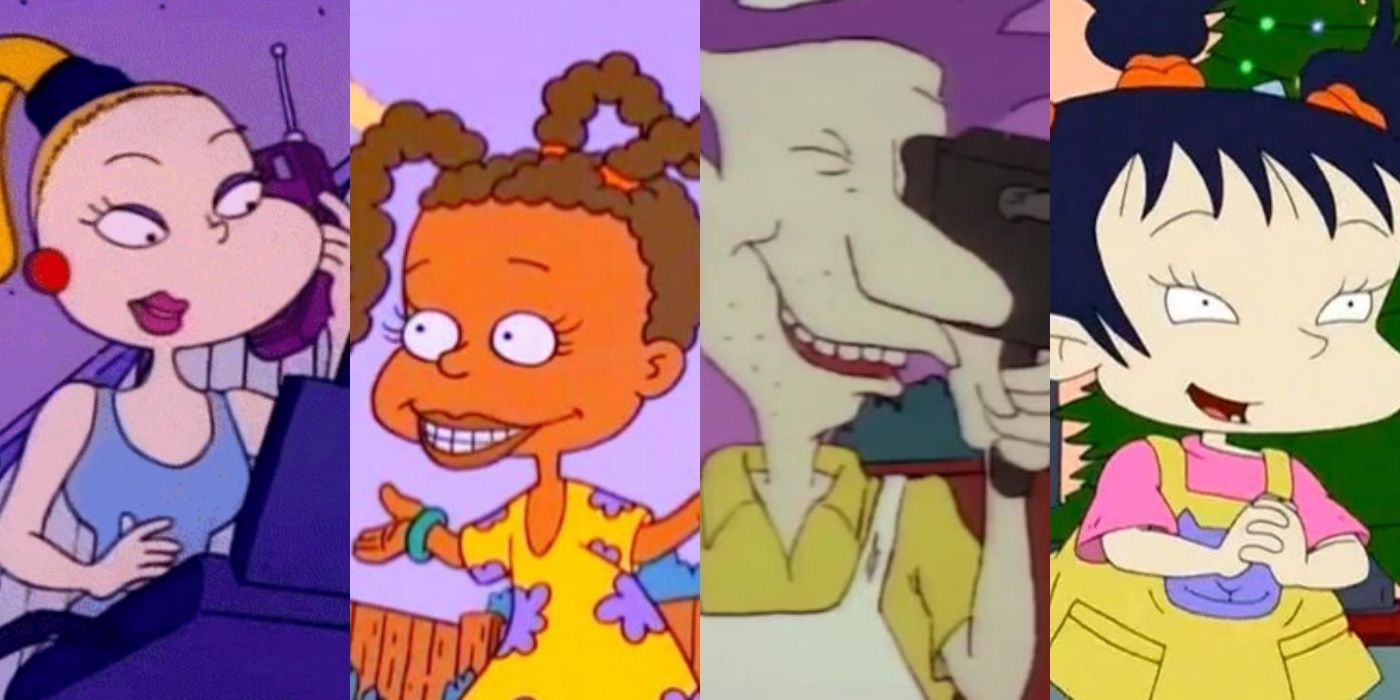
The beautiful thing about watching Rugrats as kids was that there were different family dynamics that kids could relate to. In Tommy's house, his dad was a stay-at-home dad who worked on inventions while his mom went to work every day. In Phil and Lil's house, Betty was energetic and strong while Howard was quiet and shy. Chuckie grew up with a single father who had a similar personality to him. And Angelica's household had Charlotte bringing home the bacon while Drew was a pushover for his daughter.
Eventually, diversity was added to the cast when Kira and Kimi (who were both from Japan) joined the Finster residence. Susie Carmichael and her family became neighbors with the Pickles and were incredibly successful. It was nice to see so many different forms of representation. Although things didn't always age well for The Rugrats, representation did.
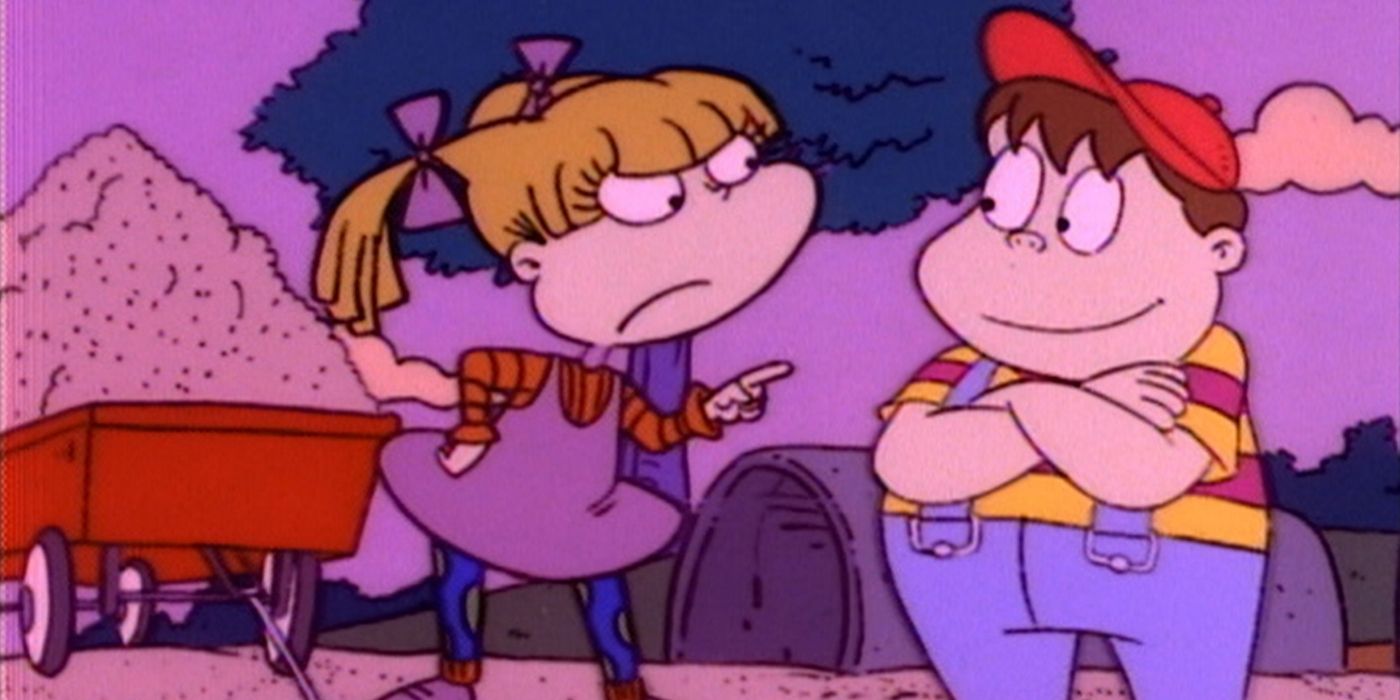
The group of babies didn't branch out often to meet new friends because they were always together anyway because of their parents. There was ever a need to branch out. But in 'New Kid in Town,' the babies met a new friend named Josh. After watching the babies do everything for Angelica, he encouraged them to join him on "his" playground where they would be free. While on Josh's side, the Rugrats babies were intelligent enough to realize Josh was using them to do his dirty work — just as Angelica did. The episode did a great job of showing what exploitation and manipulation looked like through bullying, and how there was always a way out.
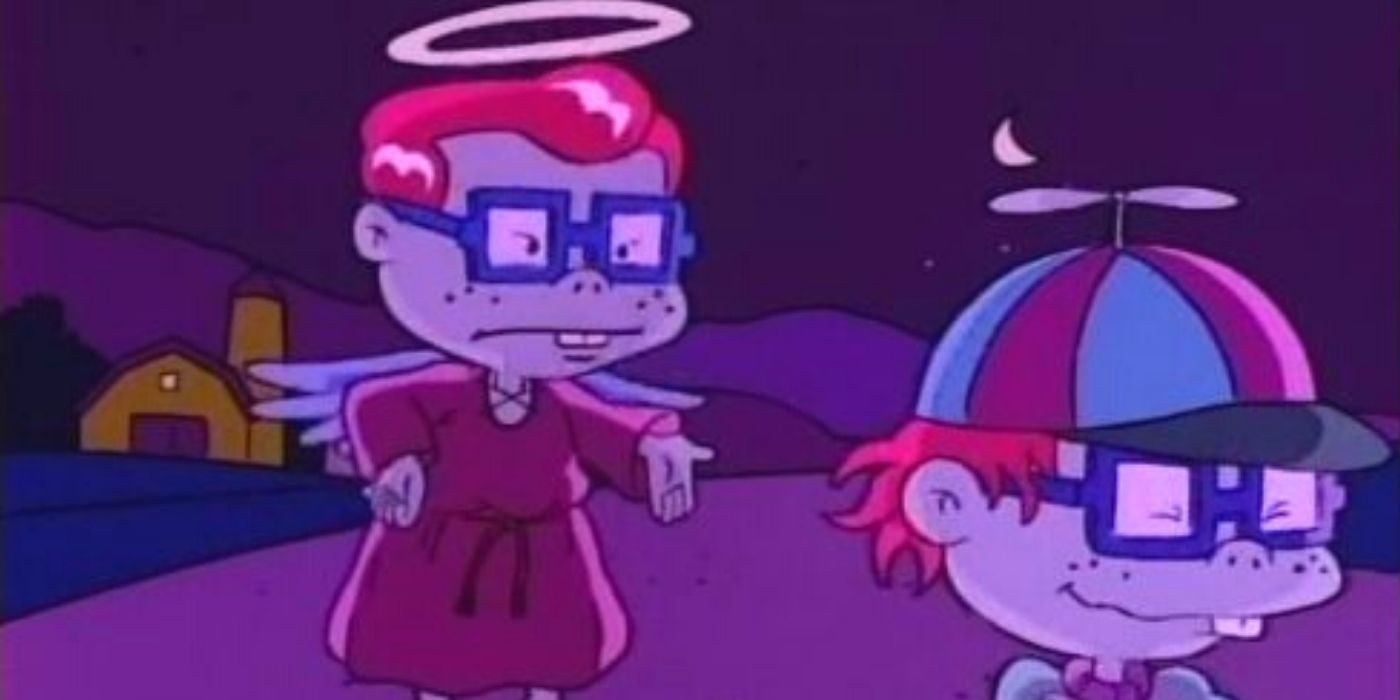
Season 3's 'Chuckie's Wonderful Life' was a spin on the holiday favorite It's a Wonderful Life. The episode was ahead of its time as Chuckie ran away from his friends before he was stopped by his Guardian Angel. His Angel showed him what life would be like for his loved ones without him in it.
His dad never had kids and was lonely, Phil and Lil never learned boundaries due to Chuckie's constant worries, and Angelica bullied Tommy so much to the point of depression. Without Chuckie, the lives of his loved ones were less colorful. It taught viewers that they all have things that make them unique and that should be valued.
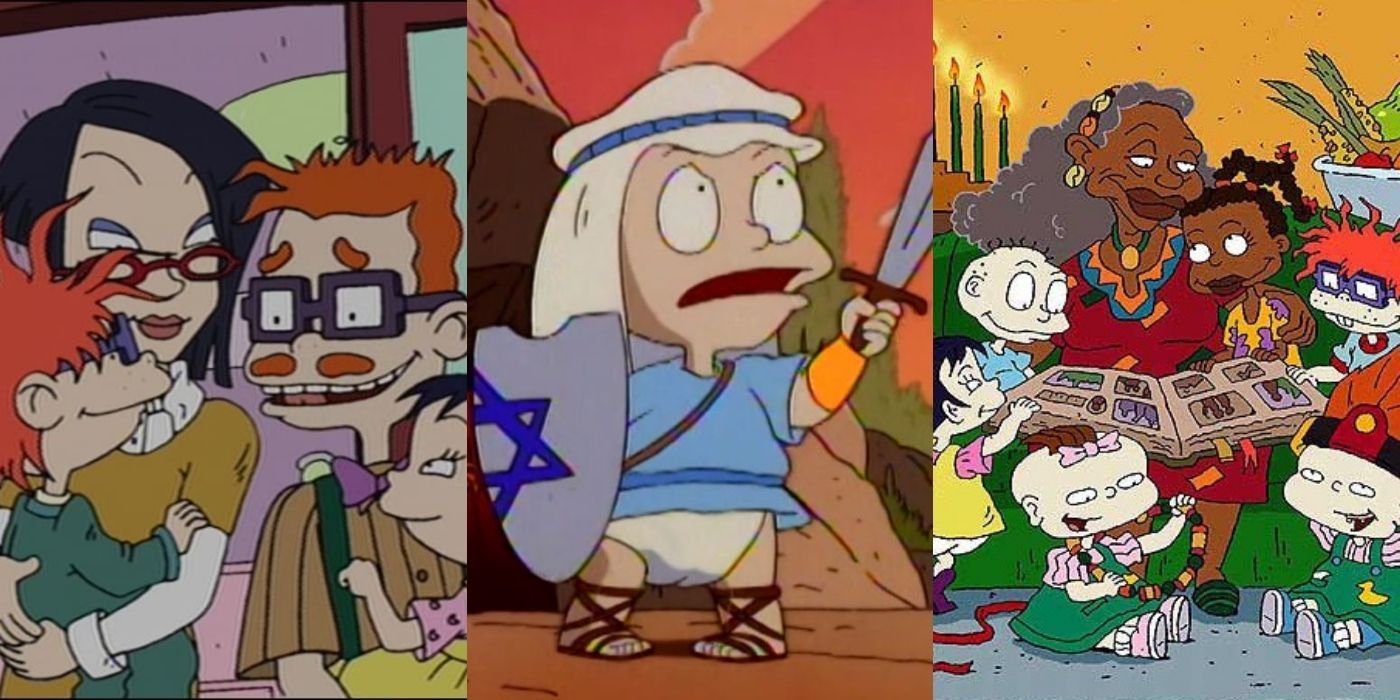
Race, religion, and culture can be sensitive topics to discuss — especially in a 30-minute animated cartoon. However, Rugrats tackled the topics beautifully. Not only did the show introduce an African American family—who became a large part of the show—but Rugrats also added Kimi and Kira from Japan into the mix.
Due to added diversity, the characters and viewers learned more about culture and heritage. In season 7, 'A Rugrats Kwanzaa' was released and introduced Kwanzaa to the babies when Susie's grandmother came to celebrate the holiday. Likewise, the Jewish religion was not depicted often in cartoons in the '90s, but Tommy Pickles' family celebrated proudly. There were both Hanukkah and Passover episodes, explaining the traditions in each.
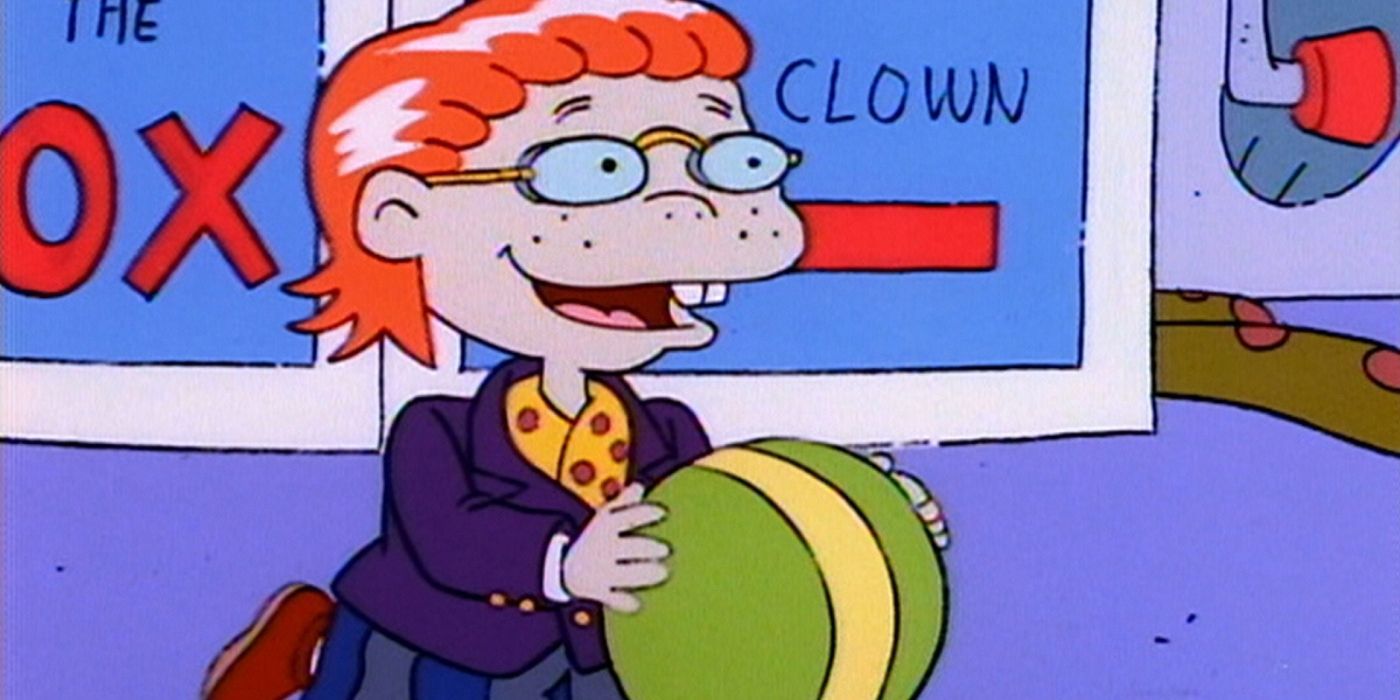
Finances weren't discussed often in Rugrats but when Chas won $10 million in a contest, he and Chuckie changed. Chas and Chuckie moved to a bigger home where they had everything that money could (literally) buy. The babies became more interested in Chuckie's new toys than in Chukie as a person. Likewise, Chase treated his friends differently. It was a weird plotline to add to the show but it had a great message: don't let money change you. In the end, the Finsters lost their riches and landed right where they were.
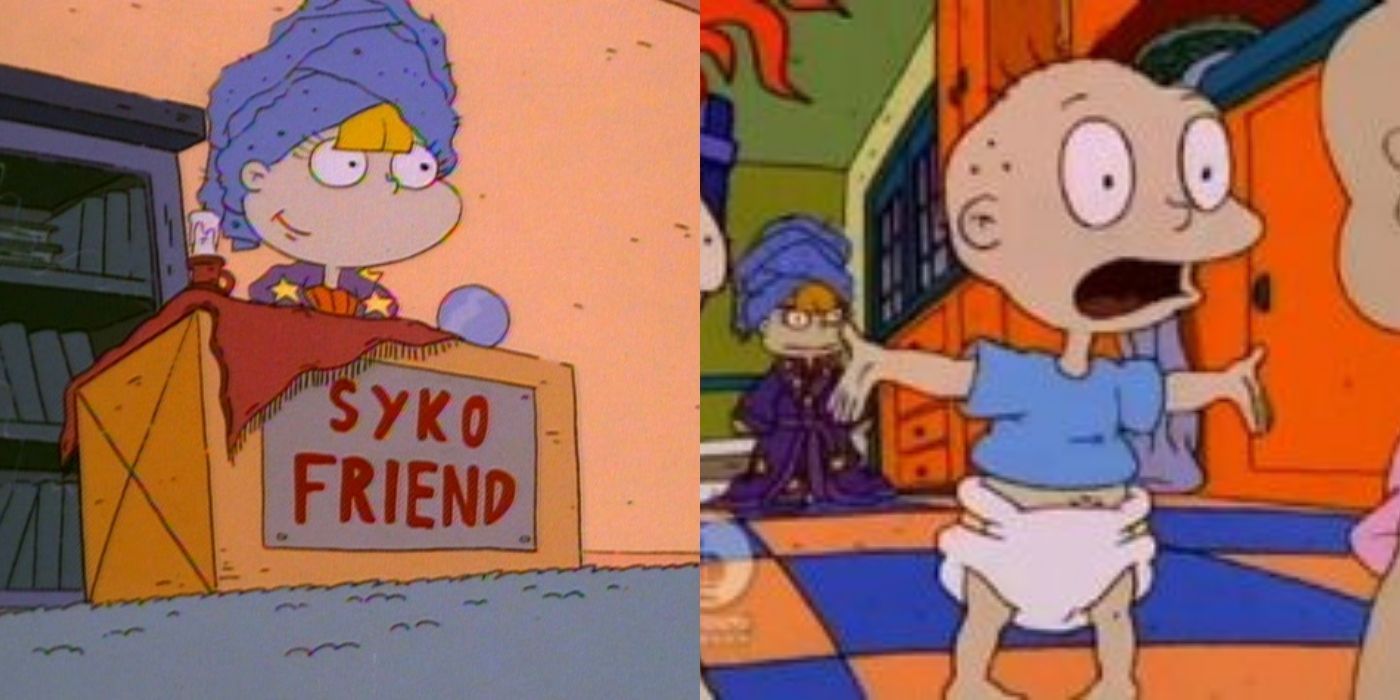
In 'Psycho Angelica,' Angelica told the babies that she was psychic and used the information she heard from their parents to use in her favor. In the babies eyes, she predicted the future but in actuality, she knew how the day was set up.
The babies became obsessed with the future and stopped living in the present because of it. "Don't you guys understand? We used to be happy before we knew about the future," Tommy said. This was a great lesson to live in the now instead of daydreaming about the future, making Rugrats one of the best '90s Nickelodeon cartoons.
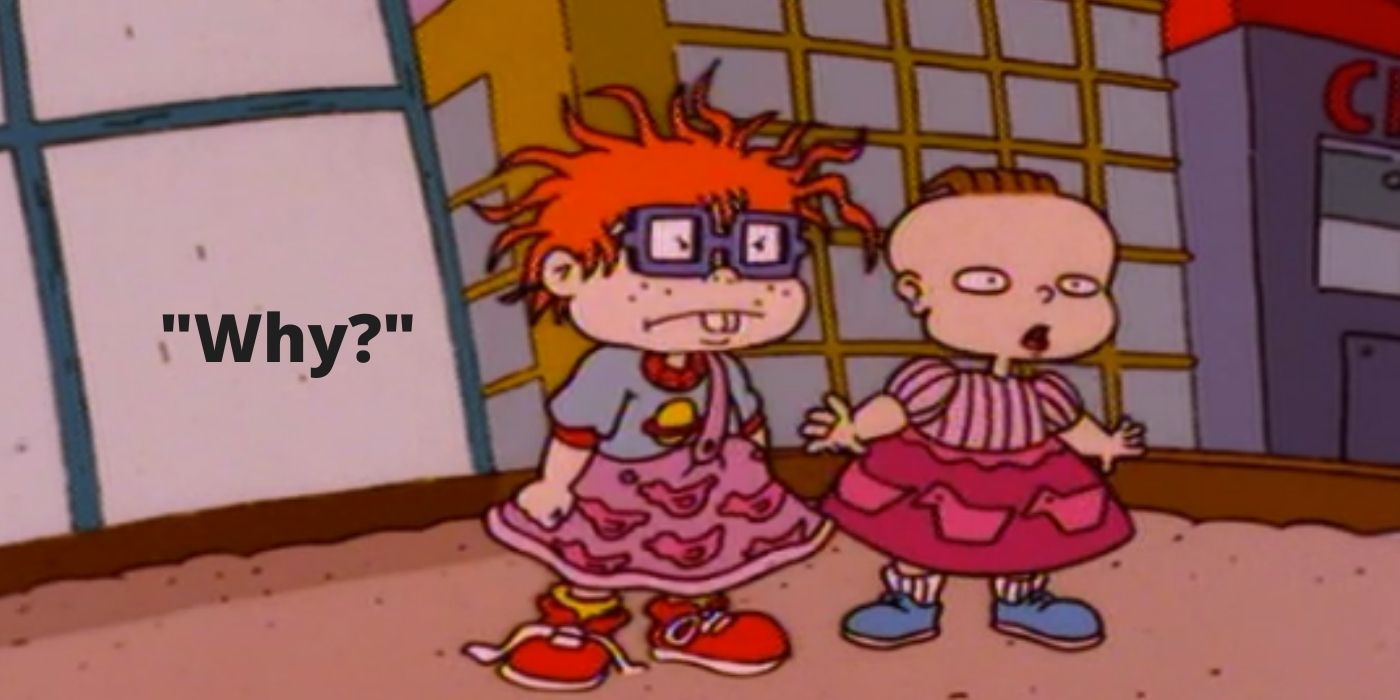
Gender stereotypes and norms are a deep conversation in 2021, but in the '90s they were rarely talked about —that is until 'Clan of the Duck.' Phil and Chuckie began to wonder why Lil, a girl, was allowed to wear both shorts and dresses. Why couldn't boys also wear dresses if they wanted to? Chuckie and Phil wore Lil's dresses to prove their point that they too could wear dresses if they wanted to. And while the assumed lesson was that boys couldn't wear dresses, it's actually that boys and girls can wear whatever they want that makes them feel comfortable. Fans can rewatch this valuable episode on Hulu.
from ScreenRant - Feed https://ift.tt/2YBVvny


0 Comments